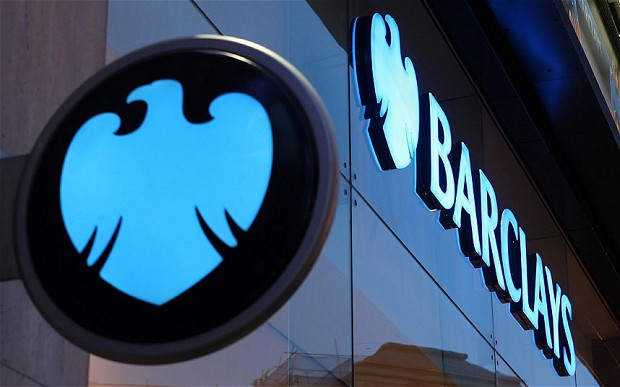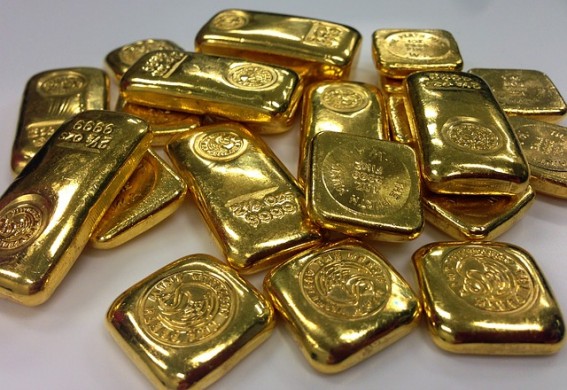Stock markets rallied yesterday, the S&P 500 in particular was very strong. The US index has retraced nearly 62% of the recent decline from the all-time high. The FTSE 100 is lagging, the UK index has retraced 23% of its decline. Both FTSE 100 and S&P 500 are in a second wave up. Second waves are generally large, a near 62% retracement is good enough for a second wave, so it is possible the rally in the S&P is done or nearly done. If so the FTSE will struggle to rally further. Yet a fair target for FTSE is 7400, may be the weak pound will help the FTSE.

I am not sure the pound will drop, the dollar chart looks bearish and this is bullish for GBP/USD. I expect another leg down in the dollar, this would push GBP/USD higher. I am also not sure why the S&P was so strong yesterday, the US index rallied nearly 2%. There are rumours US companies bought back their own shares, taking advantage of lower prices after the recent slide. This makes sense because share buybacks are the fashion at the moment. But where do companies find the cash? They have been buying their own shares at a record pace this year, yet they are buying more. Surely in a fragile economic environment, cash should be saved and not invested in the stock market. If the stock market goes down companies will lose money which will be reflected in lower stock prices.
This trade war is far from over, the economy will suffer, this is why the dollar will go down. Look at the US 10Y bond yield, it is falling again, as long as it falls the economy will suffer. Look at the amount of negative yielding bonds in the world, another indication the global economy is in trouble, it has been decelerating since 2008 but the central banks did not want you to know so they inflated with QE. Now we know the central banks made a mistake because we are on the way back to lower growth and declining stock markets. The banking sector will suffer in this environment, and we get a warning from Barclays chart.
The Banking sector has never recovered from the last financial crisis in 2009. In a recovery bank shares move up in five waves which is the impulse pattern of an Elliott wave. Barclays chart shows that from the low in 2009, the share price has gone sideways. This pattern is not an impulse wave but a bearish descending triangle [A,B,C,D,E]. Triangles are corrective patterns, this one is a correction in the long term downtrend. Indeed, Barclays has never left the bear market, all it did was to pause before the next collapse. This collapse is coming because the triangle is complete, this triangle is wave (2) of the decline. The next move is wave (3) down, the share should break below 43.7 which is the 2009 low.
Thierry Laduguie is Trading Strategist at www.ftse100trading.uk

 Hot Features
Hot Features













